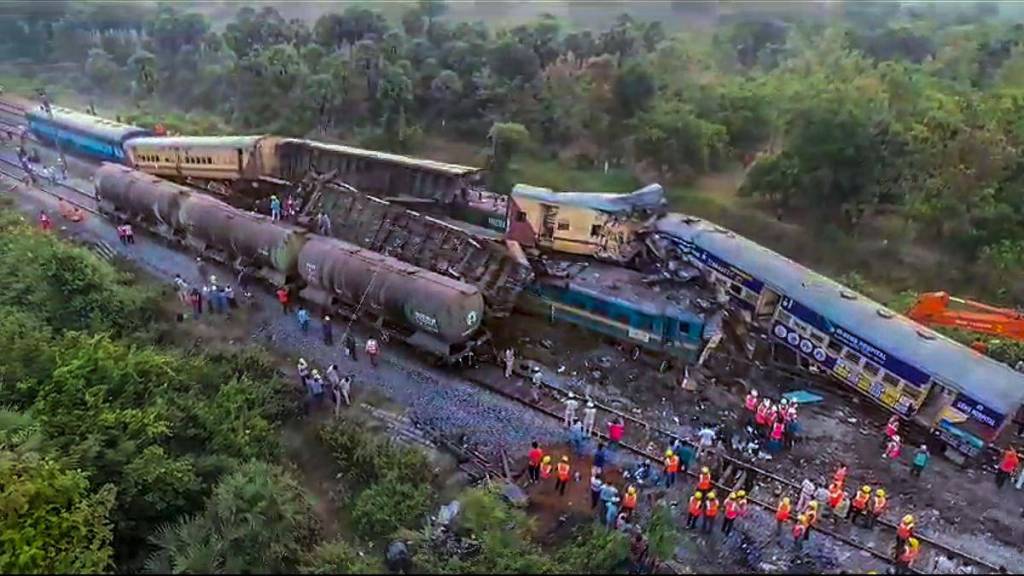Referring to the October 29, 2023, train accident that took 17 lives, railway safety experts, loco pilot associations, and trade union representatives placed primary blame on senior railway operating officials for the collision of two trains in the Waltair Division of the East Coast Railway.
As per the Commissioner of Railway Safety (CRS) report, three trains had overrun two defective signals before the accident, which the senior operating officials allegedly overlooked. The collision occurred when Train No. 08504 (VSKP-RGDA Passenger), travelling at approximately 82 kmph, passed two signals and collided with Train No. 08532 (VSKP-PAS Passenger) travelling on the same line at 16 kmph.
The CRS report, recently submitted to the Railway Board, primarily attributed responsibility to the deceased train driver and assistant driver (both from Train No. 08504) for overshooting the red signal and causing the collision.
Secondary responsibility was assigned to the operating department of Waltair Division, including the station masters of Kantakapalli (KPL) and Alamanda (ALM), where the collision occurred.
The CRS report indicated that the accident could have been prevented if existing rules had been followed or if divisional operating officials had monitored violations. It highlighted that three other trains had also passed defective signals on the same day. Moreover, it mentioned a previous auto signal failure in the same section, with three trains exceeding prescribed speeds in violation of norms.
KP Arya, former Chief Signal and Telecom Engineer/Information Technology at Northern Railway, emphasized the disregard for safety violations, noted, “Had an action been taken in the first case, this accident wouldn’t have happened.”
Sanjay Pandhi, working president of the Indian Railway Loco Runningmen Organisation (IRLRO), objected to the CRS report’s emphasis on holding deceased train drivers primarily responsible, stating it is against the law to do so. He criticized the practice of issuing orders through walkie-talkies, which sometimes conflict with written norms, leading to drivers’ compliance out of fear of harassment.
Pandhi echoed the CRS finding that, “The CRS report said that the drivers violated the signal aspects because the station master told them on walkie talkie to do so. The written norms say that the loco pilots should not overshoot the red signal but the practical aspect is very different in railways. Drivers follow orders because if they don’t do so they are harassed on one pretext or the other.”
(With PTI inputs)


